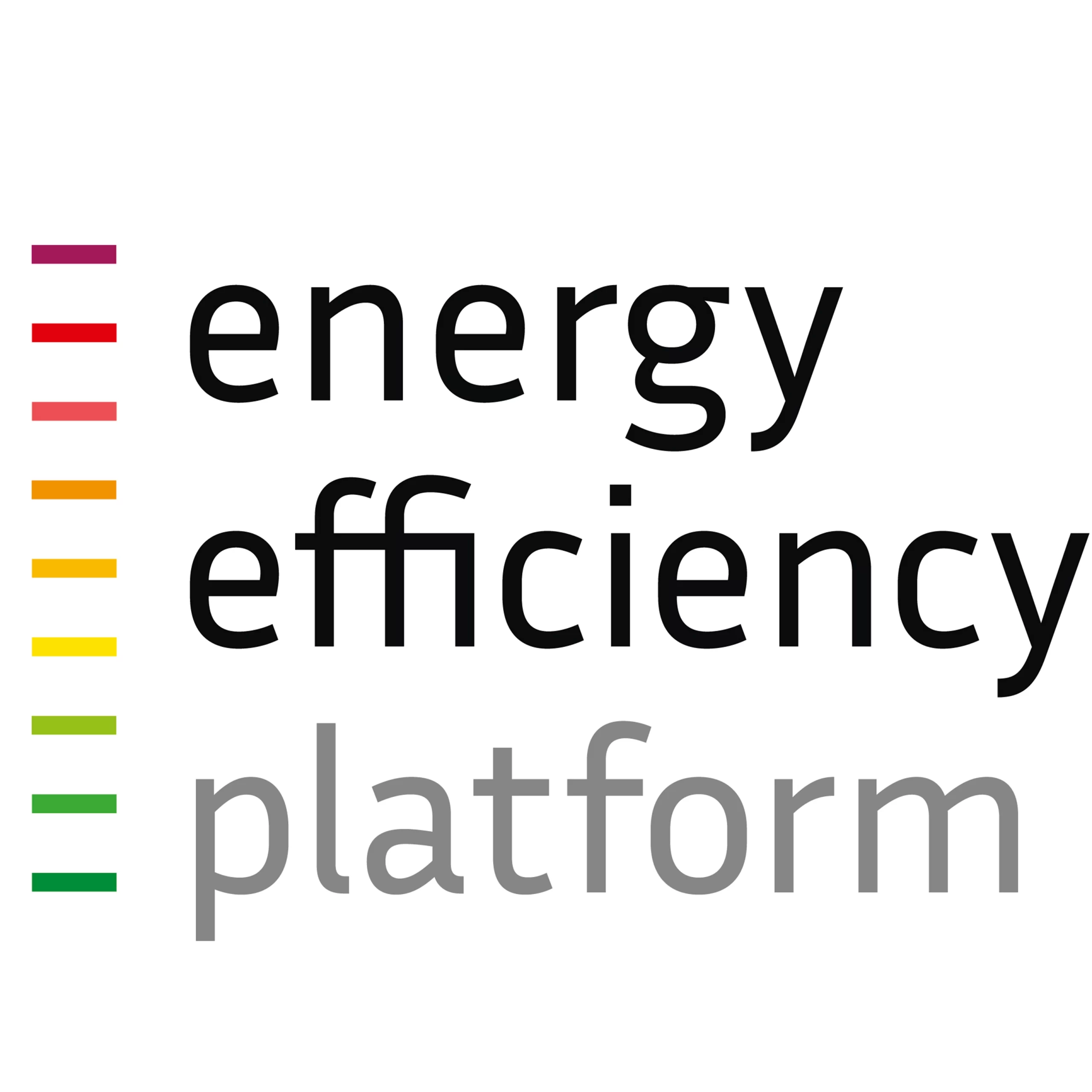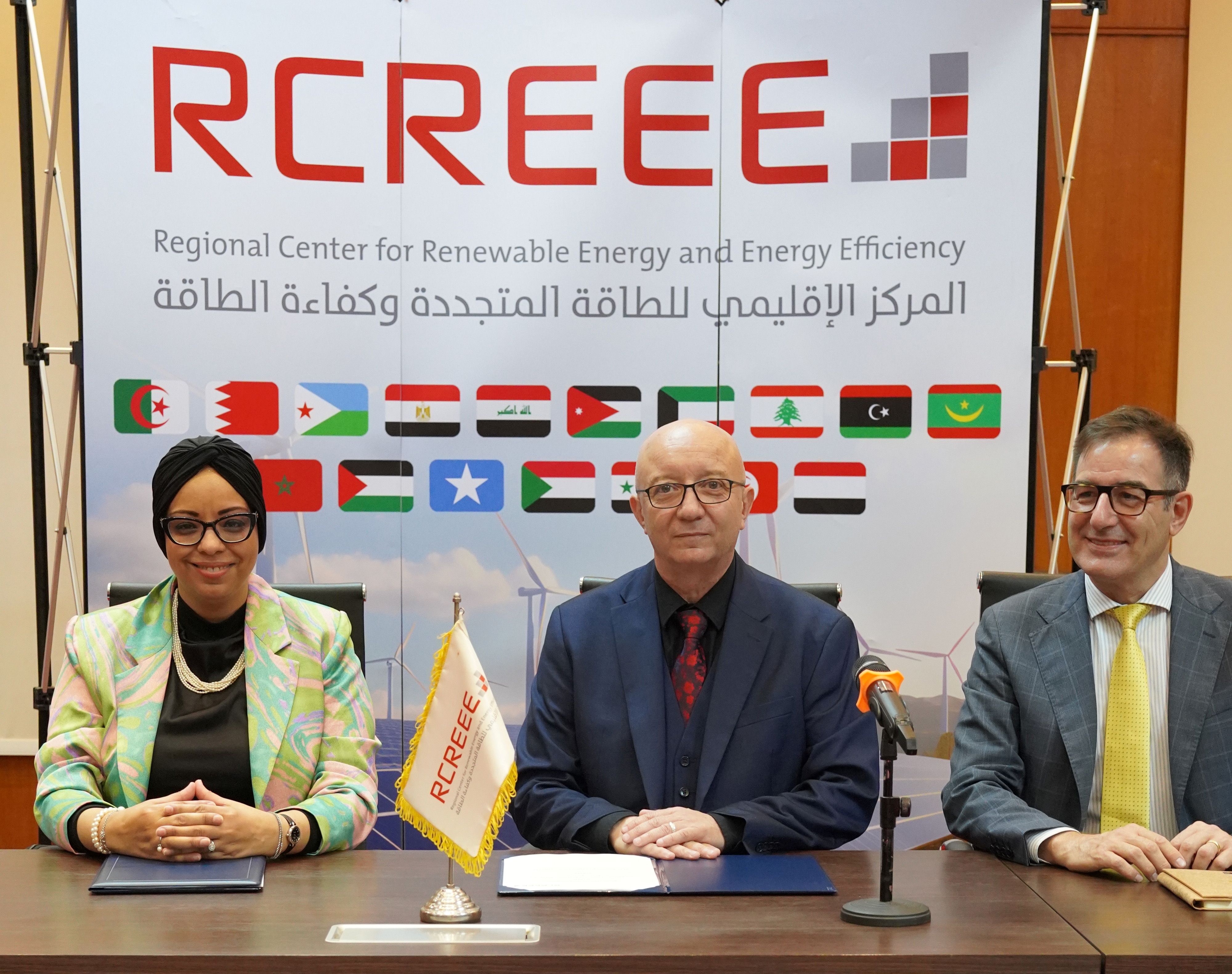
Workstream “Financing of innovative Energy Efficiency Instruments” De-risking Energy Efficiency Investments

Workstream “Financing of innovative Energy Efficiency Instruments”
De-risking Energy Efficiency Investments
Date: 13 January 2022
The session aims to introduce different tools for de-risking investments into energy efficiency instruments and to present approaches that have been used elsewhere.
There is still a gap for access to finance for energy efficiency investments and several factors contribute to this. Energy efficiency measures are usually a cost-effective way to reduce both emissions and expenditure and benefits are generally clear on a broader level. At the same time, project-related energy efficiency measures are harder to quantify and to communicate compared to e.g. renewable energy investments. Several factors contribute to that: energy efficiency projects are usually more diverse and “tailor-made” and harder to quantify and calculate due to a lack of standardized procedures and audits. There might also be lack of knowledge about potential cost savings, especially with indirect benefits (e.g. reduced resource consumption or health benefits). As a result, there are comparatively high transaction costs for financial institutions to assess projects and high requirements and financing costs for project developers.
The proposed panel discussed experiences from different sectors on ways to increase the “bankability” of Energy Efficiency investments and ways to reduce the associated perceived risks for financial institutions and project developers e.g. through the introduction of standardization or through the setup of databases of information for comparable projects.

